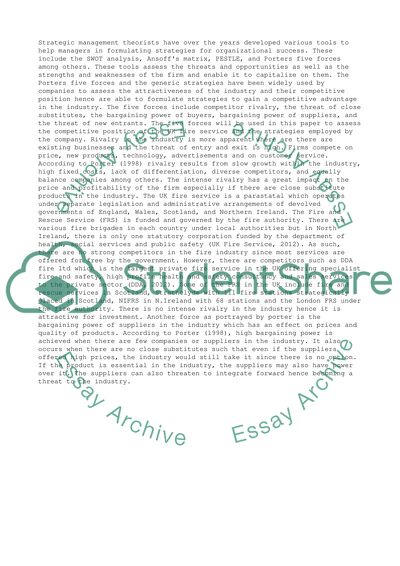Cite this document
(Strategic Management Theories Essay Example | Topics and Well Written Essays - 1500 words, n.d.)
Strategic Management Theories Essay Example | Topics and Well Written Essays - 1500 words. Retrieved from https://studentshare.org/management/1452072-porters
Strategic Management Theories Essay Example | Topics and Well Written Essays - 1500 words. Retrieved from https://studentshare.org/management/1452072-porters
(Strategic Management Theories Essay Example | Topics and Well Written Essays - 1500 Words)
Strategic Management Theories Essay Example | Topics and Well Written Essays - 1500 Words. https://studentshare.org/management/1452072-porters.
Strategic Management Theories Essay Example | Topics and Well Written Essays - 1500 Words. https://studentshare.org/management/1452072-porters.
“Strategic Management Theories Essay Example | Topics and Well Written Essays - 1500 Words”, n.d. https://studentshare.org/management/1452072-porters.


